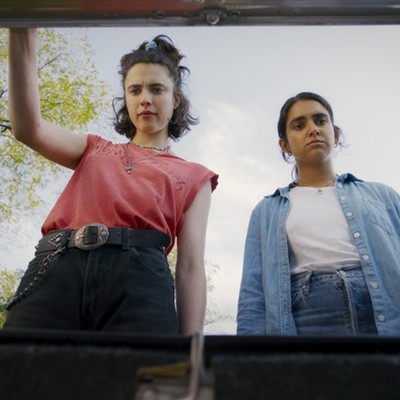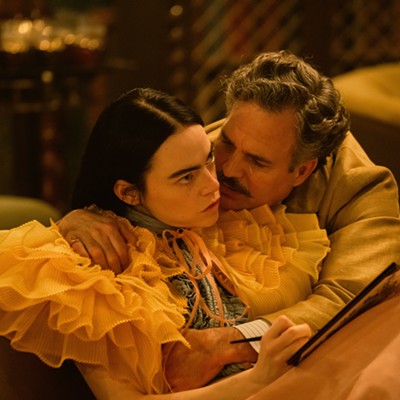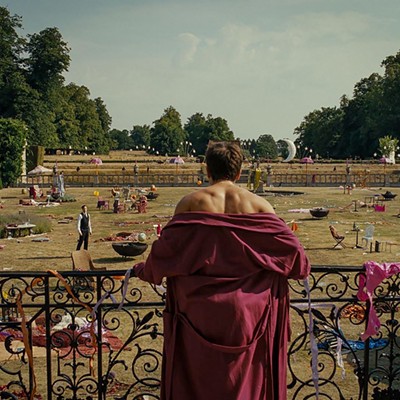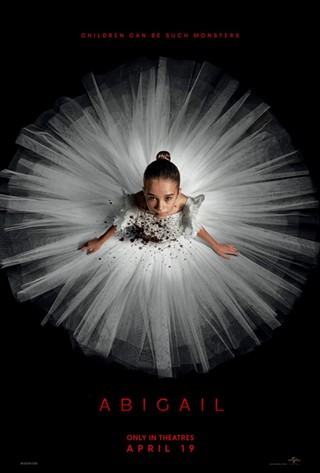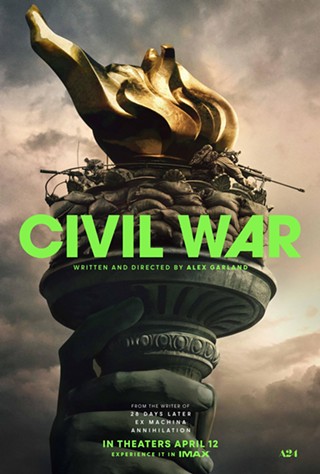But Killer of Sheep is something everyone should see, a classic in at least three senses of the word. It's one of the first films inducted into the Library of Congress' National Film Registry. Due to licensing problems that kept it out of theaters for most of its 30-year history, film critics and cinephiles have sought it out like it was a Loch Ness monster made of gold and manna. And in spite of its cult status and the fact that the U.S. government has sanctioned its existence, it's really, really good.
KoS, as it's affectionately known by its rabid fans, is a semi-narrative drama about several days in the Watts area of Los Angeles. Director Charles Burnett filmed on weekends in 1972 and 1973, capturing not so much a story as the essence of a place and time.
The film opens with boys playing in a vacant lot. The environment looks post-apocalyptic, and their game involves throwing dirt clods at each other while holding up rotting boards as shields.
This is followed by a series of vignettes, many featuring children, all so beautifully photographed that Ansel Adams is said to have committed ritual suicide when he first saw the film. Kids skitter across rooftops, skin their knees, cry, beat each other, run away, wear strange masks and suck their fingers--acting, in short, like children.
Meanwhile, the adults moon and mope and plan murders and scrape linoleum from rotting floors. But it's the most beautiful rotting linoleum you've ever seen. It's like the linoleum you'd find molding away in the unused, flooded guesthouse at God's summer place.
Using both straightforward storytelling and purely aesthetic montage, Burnett has created his own style. It's not unlike a book of short stories featuring linked characters, with the Watts neighborhood providing the setting.
This allows Burnett to produce something that straightforward narratives and purely non-narrative films can't do: telling the story of a place, and the feelings and actions that it conditions.
This mood is most strongly presented in the recurring character of Stan, a chronically depressed insomniac who works at a slaughterhouse (thus the film's title). While violence and comedy and coercion and gloomy scenes in bright sunlight play around him, Stan maintains a consistent emotional response, a kind of dead-eyed hopefulness that things might someday be better, and that things are, in spite of his melancholy, actually already OK.
Stan is played by Henry G. Sanders with a theatrical naturalism that's haunting. Burnett has managed to coax out of all of his players a weird sense that they're both acting as they would if no camera was on them, and at the same time acting out scenes as though their lives were simply performances of roles they had chosen.
But the real star here is Burnett's impeccable eye. He frames each shot with such precision that, even when nothing is happening, you can't look away. The camera itself becomes a character, choosing images that are ambiguous between the deadening effect of the depressed neighborhood and the intense beauty of each moment, whether those images consist of two children taunting another, two thugs stealing a television or two brothers who've found that a rusty junkyard is also a box of magical toys.
All of this is enhanced by a soundtrack of early 20th-century music. Paul Robeson, Scott Joplin, Dinah Washington, Louis Armstrong and others sing blues, ragtime and Tin Pan Alley tunes that give the film a timelessness, as though everything in it has happened before and will happen again.
Unfortunately, it was Burnett's very astute musical choices that kept this film out of the public eye for so long, as he was unable to obtain the rights for some of the songs. But changing the music would have ruined this film; it has a perfect wrongness about it. Instead of emphasizing the mood already present in the dialogue and imagery, it adds another, almost contradictory flavor, deepening the tensions that already exist between the beauty of the photography and the darkness of the characters' lives.
Luckily, licensing issues have been worked out, and Killer of Sheep is now moving across the country in select theaters. Any fan of film (or art, as Killer of Sheep moves beyond the conventions of most film) would be well advised to check it out. At 83 minutes, it's a perfect miniature, doing something that very few films have even tried--and even fewer have succeeded at.


